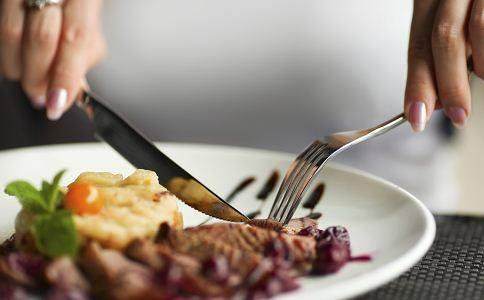People with hypertension often ask a question: What should they eat to lower blood pressure with three meals a day? And what are some foods they should not eat?
Hypertension is a lifestyle disease that is closely related to daily diet, but this relationship is not caused by eating more or less of certain foods, but rather by eating unreasonably. In fact, no food can lower blood pressure like antihypertensive drugs. Otherwise, if there were such foods, everyone with hypertension could just eat them and would not need antihypertensive drugs. Therefore, for patients with hypertension, it’s important to start with factors affecting blood pressure and make scientifically reasonable arrangements for eating.
There are three factors affecting blood pressure: the heart’s ability to contract, the resistance of blood vessels to blood flow, and the overall blood volume of the body. Therefore, strengthening myocardial nutrition, avoiding arteriosclerosis, and reducing blood volume are the fundamentals to maintaining normal blood pressure. From the perspective of daily diet, mastering the following five principles will help you discover many foods around you that can help control blood pressure.
Strictly limit salt intake: Salt intake should not exceed 6 grams per day. For every extra 2 grams of salt, blood pressure will increase by 2-4mmHg. This is crucial for lowering and maintaining blood pressure. Even with a well-balanced diet, excessive salt intake cannot be offset, leading to increased blood pressure. Pay special attention to processed foods that are high in salt and consume them sparingly. Ensure intake of high-quality protein: Consume a bag of milk + an egg + 1-2 slices of lean meat and soy products daily. High-quality protein is essential for cell structure and maintaining heart muscle, enhancing heart function. Limit intake of oily foods: Keep cooking oil under 25 grams per day, avoid fatty meats and animal organs, maintain blood lipid levels within the normal range, and prevent the occurrence and development of arteriosclerosis.
Moderate consumption of staple foods: Various staple foods are acceptable, but overconsumption can lead to increased secretion of insulin, adversely affecting sugar and fat metabolism. Over time, this can lead to diabetes, atherosclerosis, and further increase in blood pressure. The daily intake of staple foods can be calculated simply by the formula: staple foods = body weight in kilograms * 30 * 0.6/200. The result indicates the daily intake of staple foods based on body weight. Supplement with a variety of vitamins: Tomatoes, zucchinis, celery, fresh mushrooms, various green leafy vegetables, oranges, apples, bananas, pears, kiwis, persimmons, pineapples, walnuts, watermelons, and fruits rich in vitamin C, folate, and flavonoids have various functions such as antioxidant effects and lowering homocysteine levels, helping stabilize blood pressure.
In addition, following the above five principles, try to ensure that you consume more than 20 different types of food every day. This not only benefits blood pressure control but also enhances the enjoyment of food. This is what patients with hypertension should strive for.
【Hope this article can help everyone. Feel free to like and share with more friends to learn and exchange health knowledge together】


